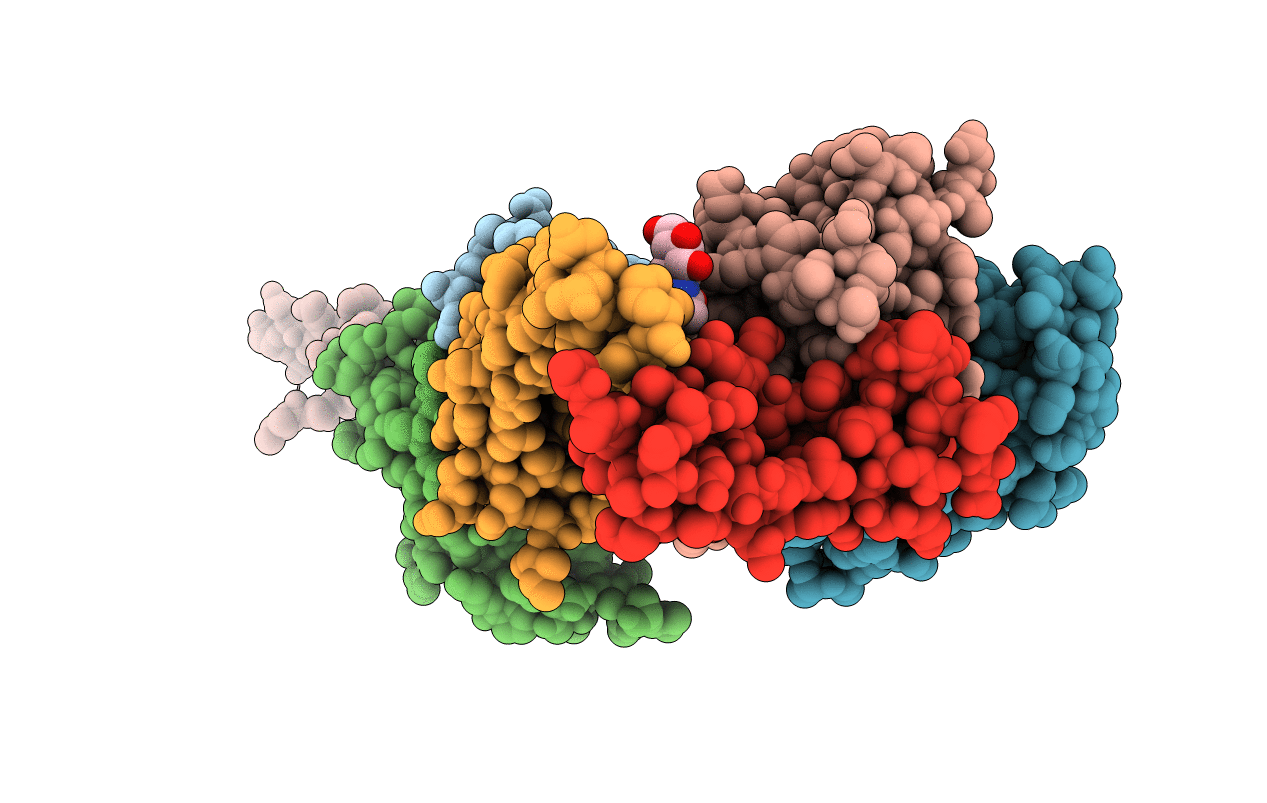
Deposition Date
2019-02-11
Release Date
2019-05-29
Last Version Date
2024-10-16
Entry Detail
Biological Source:
Source Organism:
Homo sapiens (Taxon ID: 9606)
Macacine herpesvirus 1 (Taxon ID: 10325)
Macacine herpesvirus 1 (Taxon ID: 10325)
Host Organism:
Method Details:
Experimental Method:
Resolution:
2.70 Å
R-Value Free:
0.27
R-Value Work:
0.22
R-Value Observed:
0.23
Space Group:
P 1 21 1


